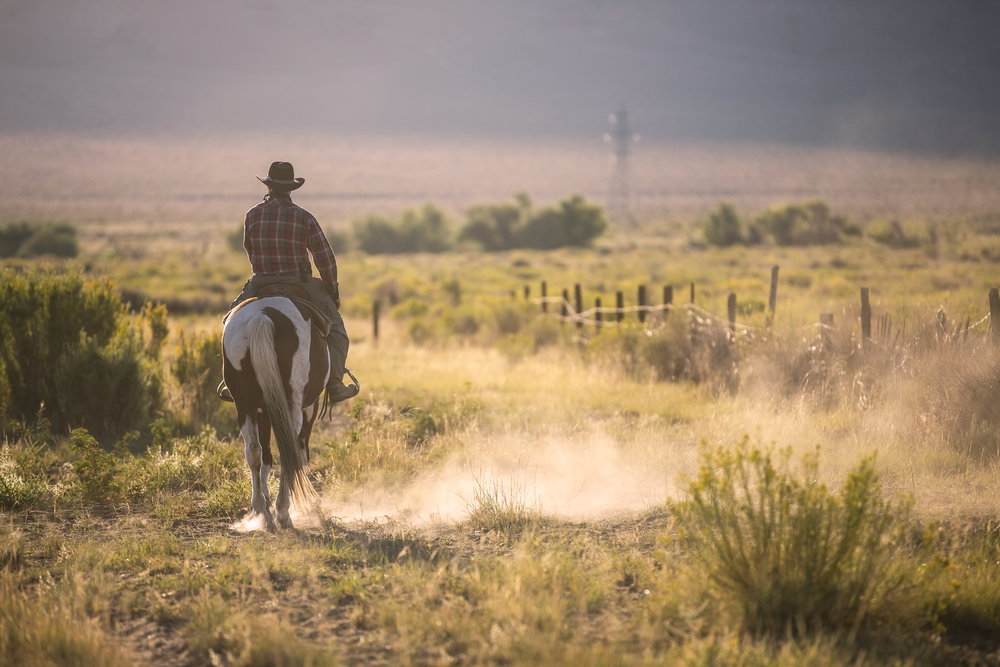Tuesdays with Tony
I was hanging out on the counter the other day when a client came in asking about Pigeon Fever. My ears perked up at the thought of chasing pigeons, but it turns out this conversation had nothing to do with birds. Pigeon Fever is a syndrome caused by a very specific bacterium, Corynebacterium pseudotuberculosis, which leads to abscesses. This bacteria hasn’t been a big problem for Floridians since it prefers dry weather but lately it’s decided hot and humid isn’t so bad!
What is Pigeon Fever?
Let’s start with a little bit of learnin’. Pigeon Fever, or Dryland Distemper, is a relatively common problem in the hot, dry regions of our desert southwest. For reasons the experts don’t really understand, the organism has been marching its way across the country to wetter regions. C. pseudotuberculosis is perfectly content to live in soil until drought conditions occur. At that time it seems to begin looking beyond the ground for somewhere to live and reproduce. The bacteria is readily spread by common insects like the stable fly, and infects horses through any small wound.

Diagnosing
The most common appearance of Pigeon Fever is a large swelling of the chest, so the horse looks like a pigeon. While the chest is the most common location, Pigeon Fever can cause swellings anywhere. Upon further examination, the swellings turn out to be large abscesses. Another, less frequent problem, is what’s known as ulcerative lymphangitis. This is a big, swollen, oozing infection of the leg. Even rarer is an invasion of the internal organs such as the kidney and liver by the organism.
Treatment
Once my Docs have decided that a C. pseudotuberculosis abscess is likely to be the problem, they will start treatment by draining the abscess and flushing the area. The tricky part is any pus that hits the ground can contaminate the entire area, so all pus must be contained and disposed of properly. My Docs try to open them on concrete so bleach can be applied to the area.
Opened and regularly-flushed abscesses generally heal rapidly with minimal scarring. However, Ulcerative Lymphangitis can be very difficult to treat. These horses are placed on aggressive antibiotic therapy with both injectable antibiotics and highly concentrated therapy into veins in the affected leg. The leg is kept bandaged to help reduce swelling, absorb drainage, and keep antimicrobial ointments in place. Unfortunately, chronic scarring of the leg and repeated infections are often leftover effects of this form of the disease. Infection of the internal organs is treated with rest and aggressive antibiotics with a full recovery the usual outcome.
Prevention
Prevention is aimed at controlling insects in the stable area and making sure any wounds are regularly addressed. The very bottom of the abdomen is a common area for us to see insect bites leading to open skin and excellent entrance sites for many diseases. Equishield IBH salve is the best way my Docs have found to prevent this problem. Several groups are working on a vaccine, but so far they have had no luck.
I know we were all hoping Pigeon Fever would stay out West, but it seems to be here to stay in Florida. If you notice a swelling, and it’s not going down after a day or two, call my Docs. They’ll get you all fixed up!
Until Next week,
~Tony
P.S. Note to the social calendar: I expect to see all my loyal readers this coming Saturday, November 20th, from 10am-1pm at Springhill Equine for our Annual Open House. It’s sure to be a good time, and it’s a great opportunity to meet me in all my feline glory.
Tuesdays with Tony is the official blog of Tony the Clinic Cat at Springhill Equine Veterinary Clinic in Newberry, Florida. If you liked this blog, please subscribe below, and share it with your friends on social media! For more information, please call us at (352) 472-1620, visit our website at SpringhillEquine.com, or follow us on Facebook!
[jetpack_subscription_form title="Subscribe to Whinny's Wisdoms"]

